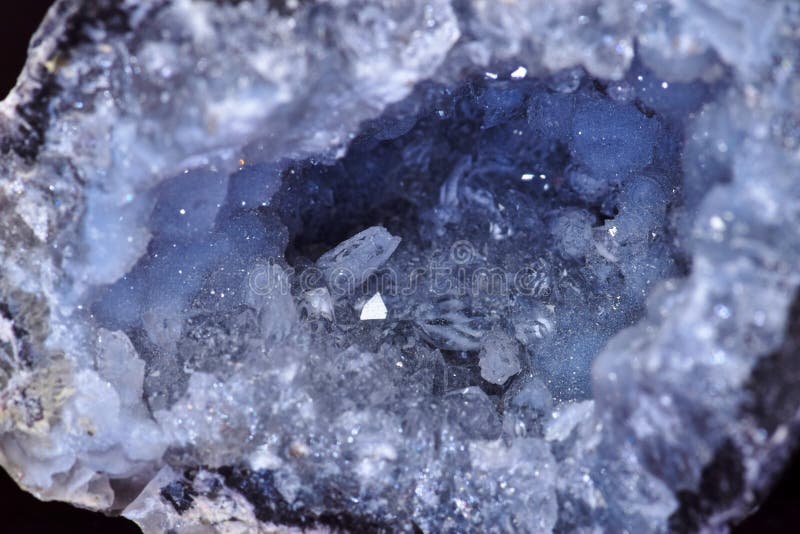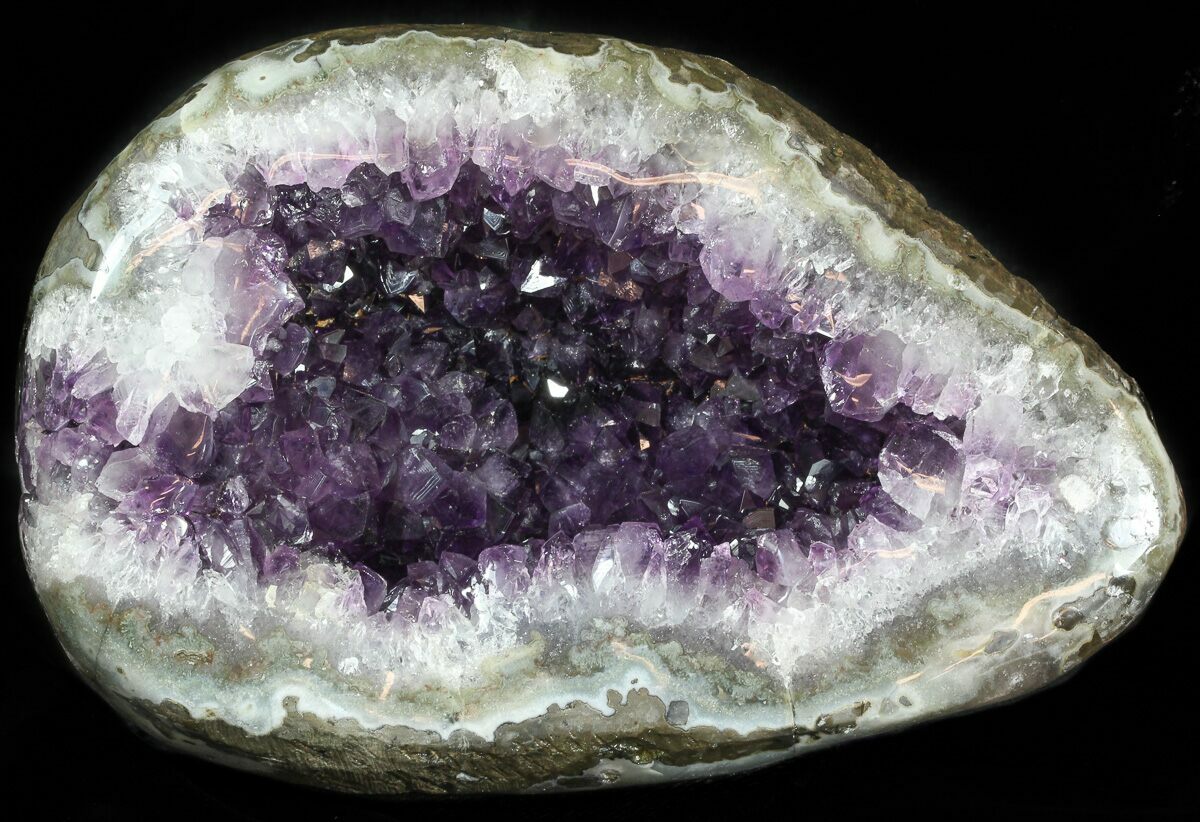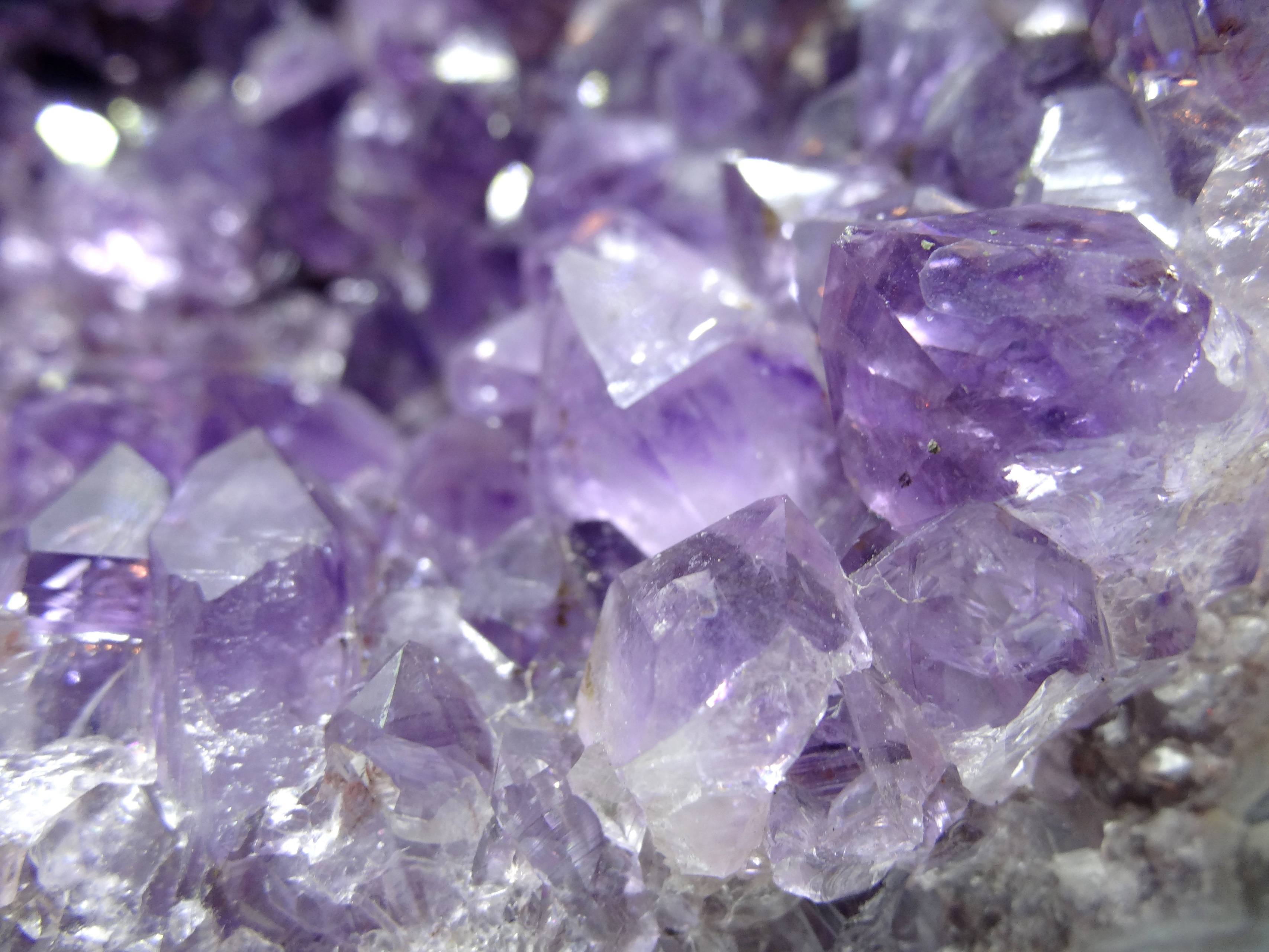
Use a ruler to measure the size of one of the crystals, and write down the size in this same space.

Amethyst geode outside cracked#
Place the cracked (opened) geode on the table in good light so that you can look at and feel its inside. You may find it easiest to open a geode by putting it in an old sock and hitting it with a hammer on a sidewalk, rather than using a chisel and hammer.Have a parent or teacher available to help with this step. Use great caution when using a hammer to avoid hitting anyone or smashing your fingers.Remember to always wear eye protection when cracking geodes.
Amethyst geode outside crack#
Amethyst geode outside how to#
This source will explain how to break open a geode:

This source will show you beautiful photos of geodes, as well as some theories about how they were formed: This source provides an introduction to geodes:

In what kinds of rocks are geodes formed?.How are geodes different from ordinary rocks?.Do you think that bumpy geodes have crystals inside that are bigger or smaller than smooth geodes? Can the outside color give you a clue to the inside color, or is that always a surprise? Try this science project to find out. In this geology science project, you will see if the color and texture of the outside of a geode helps you tell, or predict, what the colors or crystals look like on the inside. Wherever you find geodes, or whatever their shape or size, it is always exciting to find out if they have sparkly surprises inside. In fact, the beautiful geode is Iowa's state rock. In the United States, you'll find them in many states, like California, Arizona, Utah, Nevada, Illinois, Missouri, Kentucky, and Iowa. Geodes can be found all over the world, especially in deserts or in areas where there were once volcanoes. They can be spherical, like a basketball, or more oblong, like an egg. Geodes can be just a few inches across or several feet long.

Most geodes are not entirely filled with crystals, but if they are completely solid, then they are called nodules. It can take millions of years for the crystals to grow and the space to fill up. If water containing tiny pieces of minerals slowly fills up the space beneath the shell, then crystals can form inside. Around this hollow space, a shell forms and hardens. In sedimentary rock, they form inside hollows or cavities, like those made by a tree root, animal, or a mud ball. In volcanic rock, they form inside gas bubbles. Geodes are created inside the spaces inside these two types of rocks. Geodes are formed inside two types of rock: volcanic rock (from volcanoes), and sedimentary rock, a type of rock that is formed over millions of years when layer after layer of sand, shells, plants, and tiny animal bodies are squeezed together until they are hard. This photo shows an example of amethyst, a violet form of quartz.


 0 kommentar(er)
0 kommentar(er)
